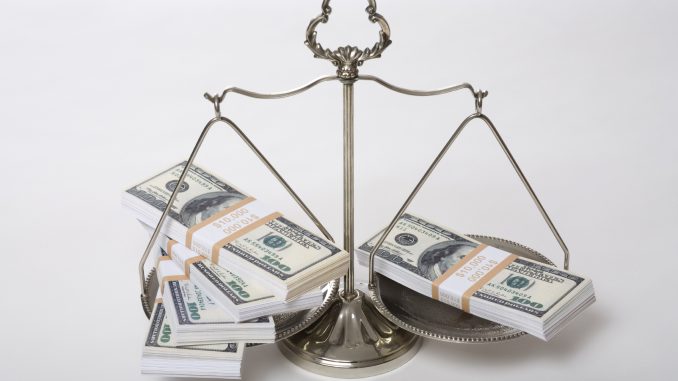
By Natalie Gadeikis, Guest writer
The U.S. media and entertainment industry is a $703 billion market and is expected to reach $804 billion by 2021, according to Select USA, a U.S. government-wide program housed in the International Trade Administration at the U.S. Department of Commerce.
However, a recent study by H&R Block concluded that unemployment levels among recent graduates are highest for those who studied the arts. Artistically creative fields are often not taken seriously as a profession, and it is rare that a successful career can be made from it.
Whether it’s music, dance, theater arts, or film, it appears that those who put their efforts, time, and money into getting a degree in the arts may be left struggling financially, or unemployed.
Art is something used in everyday life. It is seen on clothing, on cereal boxes, and is heard in the car on the way to school. Music therapy has also shown to help depression, Alzheimer’s patients, and those with learning disabilities. Musical training, particularly instrumental training, produces long lasting changes in motor abilities and brain structure, according to a study by Concordia University.
Although the arts have proven to have benefits, art programs in school are often in danger of being cut, as they are not seen as important as other subjects, like math, or science.
“I feel some people don’t think it’s a necessary skill or something that’s not going to be useful, when in reality, it’s used in everything, like advertising,” says Alexis Steagall, an Indian Trail High School & Academy junior.
Indian Trail orchestra director Kevin Stewart believes the arts are essential for one’s education.
“With art, you’re channeling your emotions and your inner self, rather than just your brain knowledge, and that’s an aspect that I don’t think any other subject can hit,” says Stewart.
Out of 2 million art graduates in the United States, only 10 percent earn their living primarily as artists, according to the BFAMFAPhD, a collective of artists, designers, technologists, organizers, and educators who work at the intersection of the art, technology, and political economy.
The value of art is often argued between artists and those who are novices.
“I think one of the reasons why it’s not taken seriously is because they don’t understand what’s happening because they never experienced music the way we (musicians) experience music. I think people just see it as entertainment more so than a solid profession,” says Stewart.
“What people don’t realize is this is what people do for a living. For example, someone could be really good at an instrument because they’ve spent their life, time, money, and all their efforts into getting to play music, so if you’re not compensating them for all of the hard work they’ve done, you need to pay these musicians to perform,” Stewart said. “If you don’t pay them to perform, they won’t be able to feed themselves.”
“Art brings people together. Going back to music, you have bands that inspire thousands of people,” says Steagall.
The world is currently being faced with a number of different issues, such as war, racism, inequality, and terrorism. Art proponents argue that change starts within our communities, when people unite with each other and realize exactly who they are: human. They say art is something that has the ability to bring people together, to share emotions, and to possibly change people’s minds about things they’ve maybe never thought about.
